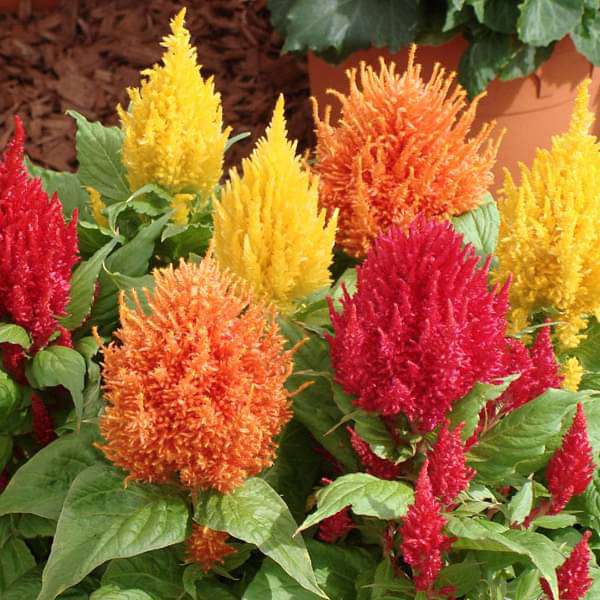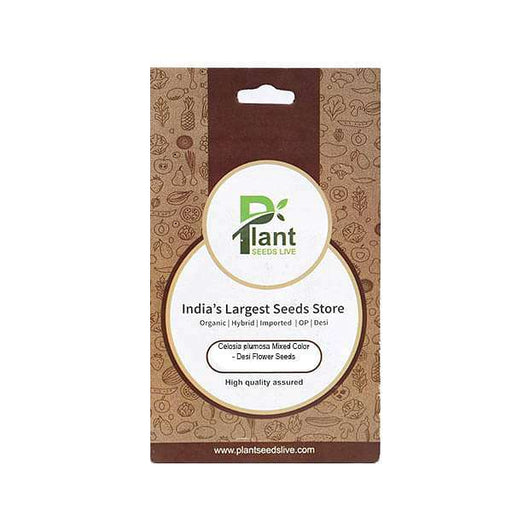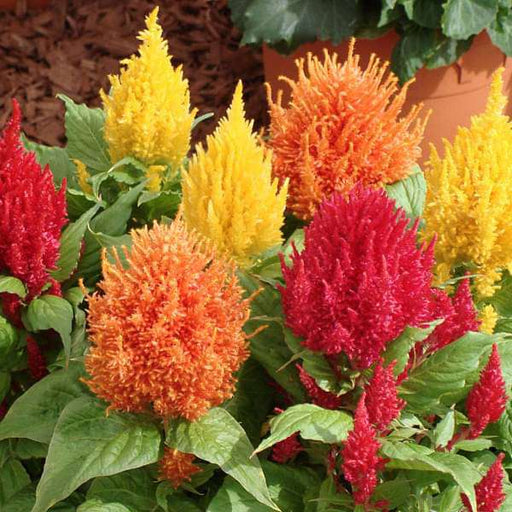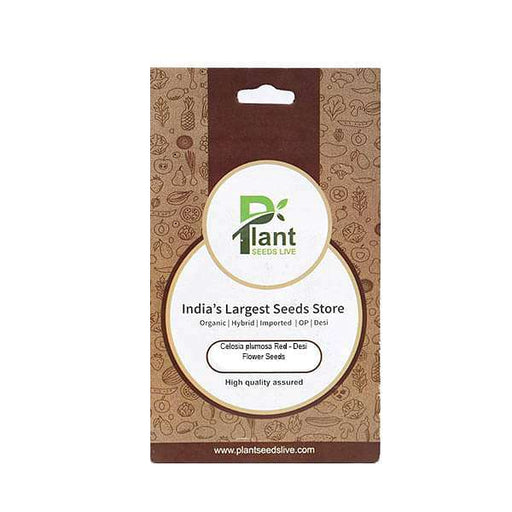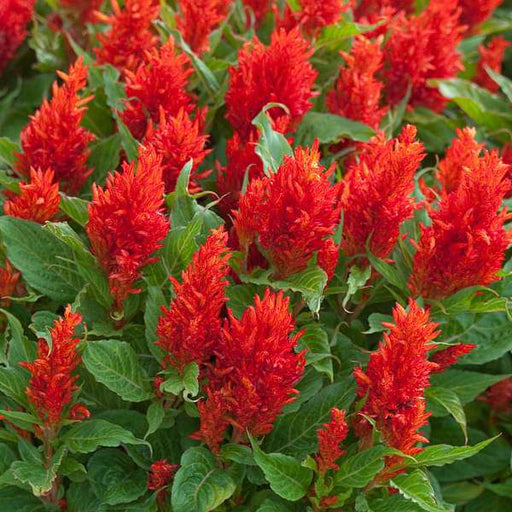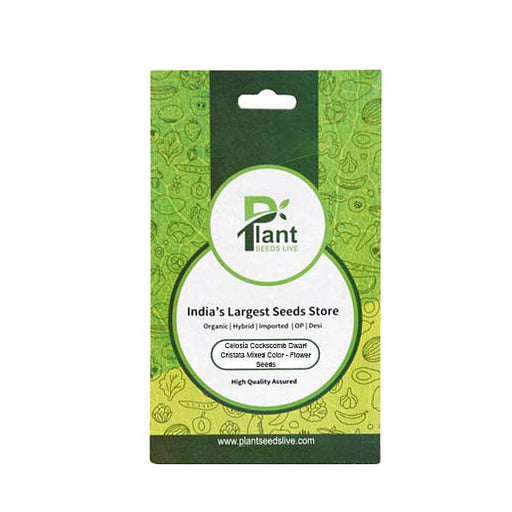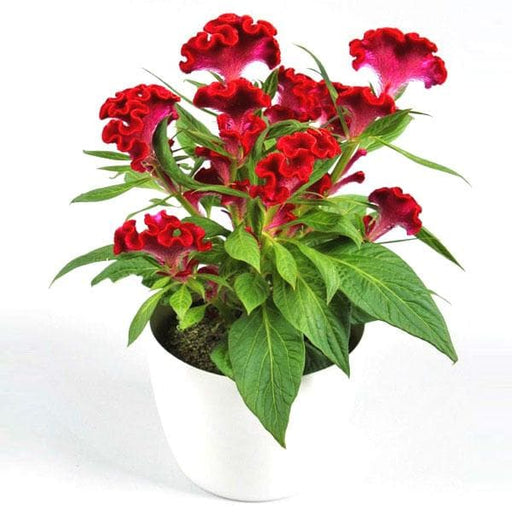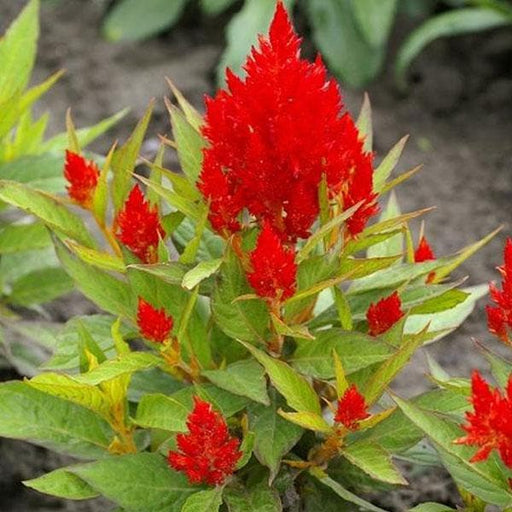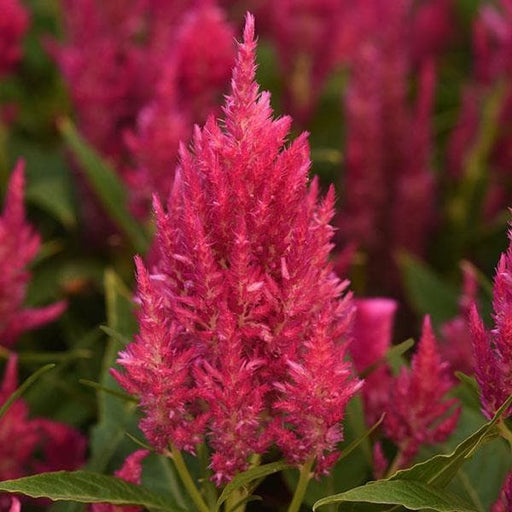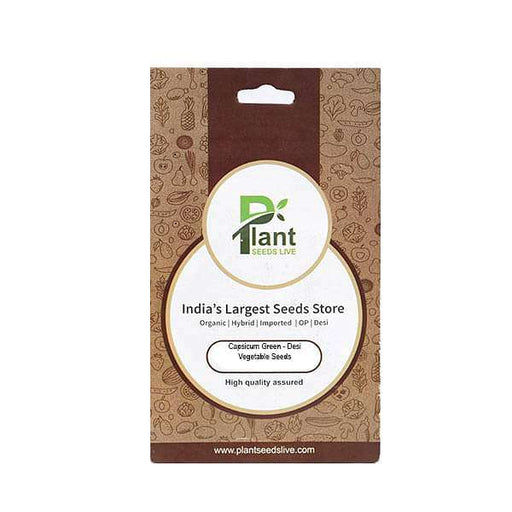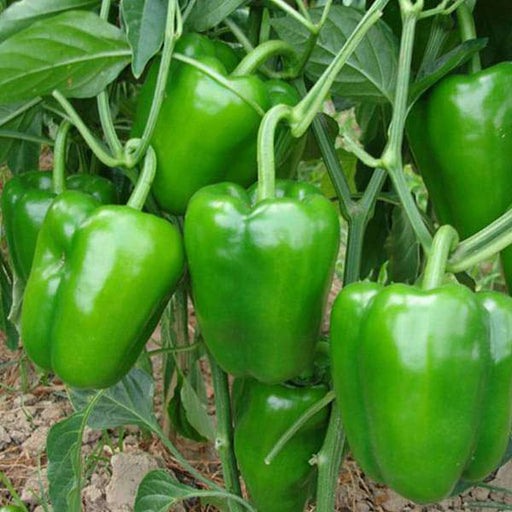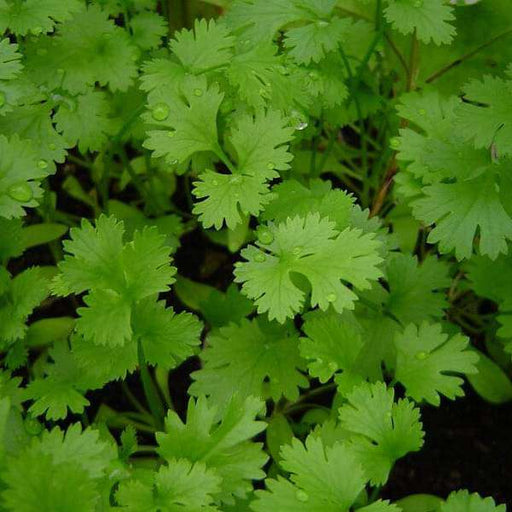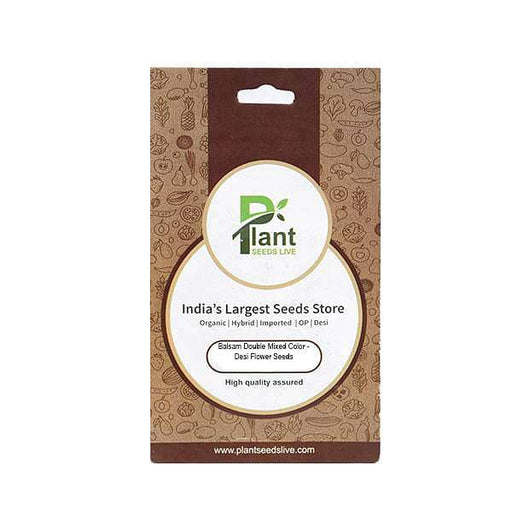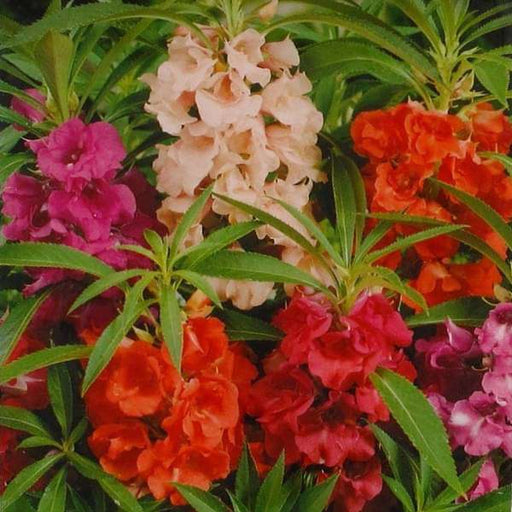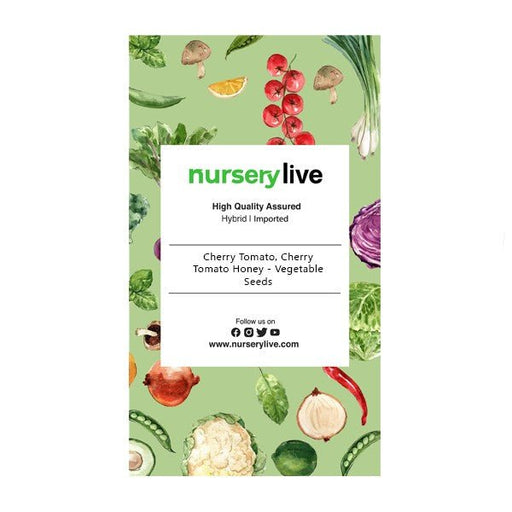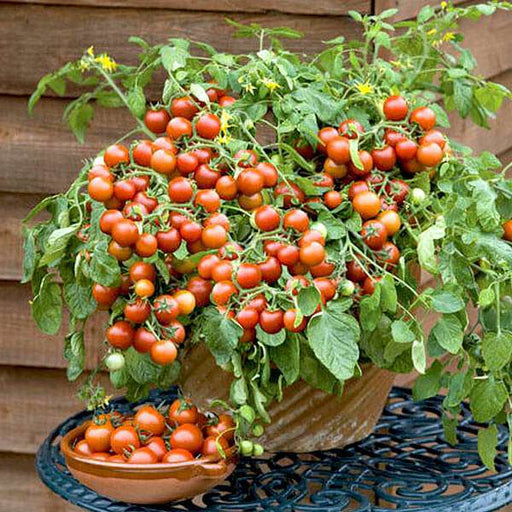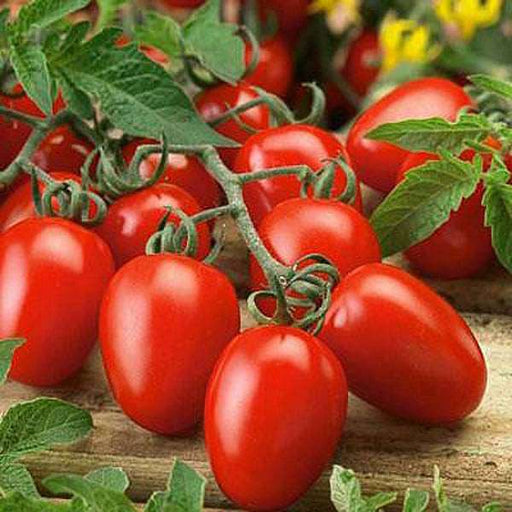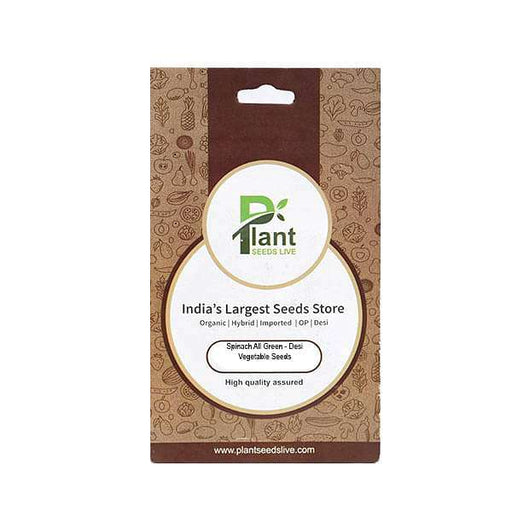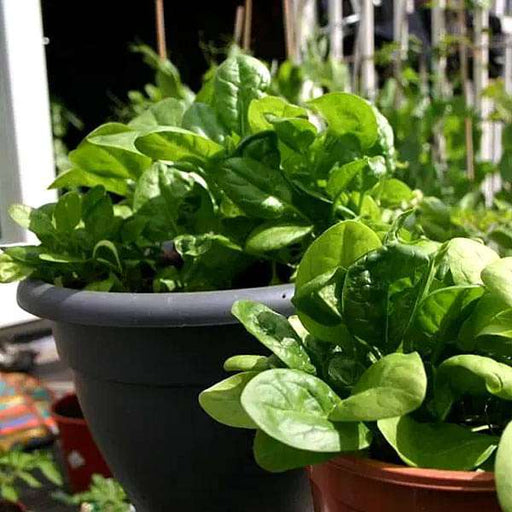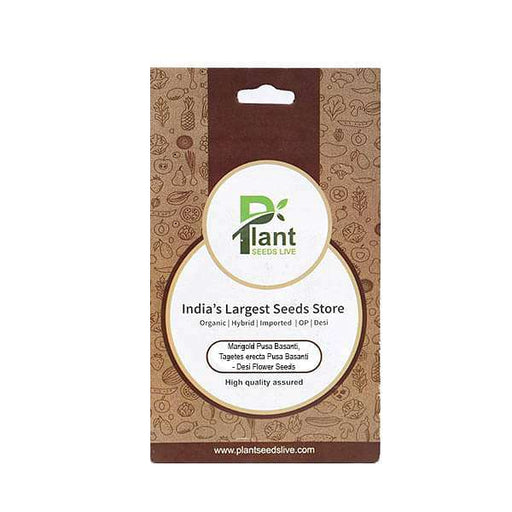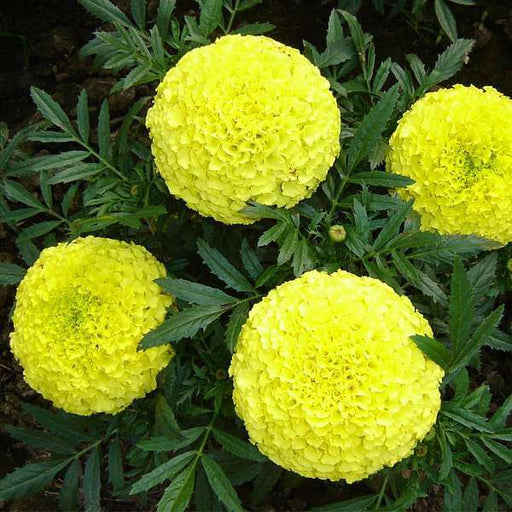Cockscomb flower
Cockscomb flowers are a unique and striking variety of flower that resemble the crest of a rooster. They come in a variety of colors and can be used in a variety of garden settings.
Red Cockscomb
Red Cockscomb is a popular variety of Cockscomb that produces large, bright red blooms in the late summer and fall. It is a favorite among gardeners for its striking appearance.
Celosia Cockscomb
Celosia Cockscomb is a general term used to refer to the many varieties of Cockscomb that are commonly used as cut flowers and garden plants. They are generally easy to care for and come in a range of colors.
Yellow Cockscomb
Yellow Cockscomb is a variety of Cockscomb that produces large, bright yellow blooms in the late summer and fall. It is a popular choice for adding a pop of color to garden beds and borders.
Cockscomb seeds
Cockscomb seeds are widely available and can be easily started indoors or directly sown in the garden. They typically germinate quickly and produce sturdy seedlings.
Pink Cockscomb
Pink Cockscomb is a variety of Cockscomb that produces large, bright pink blooms in the late summer and fall. It is a popular choice for adding a feminine touch to garden beds and borders.
Dwarf Cockscomb
Dwarf Cockscomb is a low-growing variety of Cockscomb that is perfect for container gardens and edging. It produces small, compact blooms in a range of colors.
Cockscomb plant care
Cockscomb plants are generally easy to care for and require little maintenance. They prefer full sun and well-draining soil and can be fertilized occasionally to encourage healthy growth.
Giant Cockscomb
Giant Cockscomb is a tall and impressive variety of Cockscomb that can reach up to 3 feet in height. It produces large, showy blooms in a range of colors.
Cockscomb bouquet
Cockscomb flowers are often used in floral arrangements and bouquets due to their unique shape and vibrant colors. They pair well with other bold flowers like dahlias and sunflowers.
Purple Cockscomb
Purple Cockscomb is a variety of Cockscomb that produces large, deep purple blooms in the late summer and fall. It is a popular choice for adding a bold pop of color to garden beds and borders.
Cockscomb symbolism
In some cultures, Cockscomb flowers are associated with love, wealth, and good fortune. They are often given as gifts for special occasions like weddings and birthdays.
White Cockscomb
White Cockscomb is a variety of Cockscomb that produces large, pure white blooms in the late summer and fall. It is a popular choice for adding a classic touch to garden beds and borders.
Cockscomb arrangements
Cockscomb flowers can be arranged in a variety of ways to create stunning floral displays. They pair well with other bold flowers like zinnias and marigolds.
Velvet Cockscomb
Velvet Cockscomb is a variety of Cockscomb that produces soft, velvety blooms in a range of colors. It is a favorite among gardeners for its unique texture.
Cockscomb festival
In some parts of the world, Cockscomb festivals are held to celebrate the beauty and cultural significance of these unique flowers. The festivals often feature elaborate floral displays and competitions.
Cockscomb propagation
Cockscomb plants can be easily propagated through cuttings or by collecting and planting seeds. To propagate through cuttings, take a stem cutting and remove the lower leaves. Dip the cut end in rooting hormone and plant in moist soil. To propagate through seeds, collect the seed heads after the flowers have dried and turned brown. Store in a cool, dry place until ready to plant.
Orange Cockscomb
Orange Cockscomb is a variety of Cockscomb that produces large, bright orange blooms in the late summer and fall. It is a popular choice for adding a warm pop of color to garden beds and borders.
Cockscomb and butterflies
Cockscomb flowers are known to attract butterflies and other pollinators to the garden. Planting Cockscomb can help to support local butterfly populations and create a beautiful garden display.
Cockscomb medicinal uses
In traditional medicine, Cockscomb has been used to treat a variety of ailments including headaches, inflammation, and high blood pressure. While more research is needed to fully understand its potential health benefits, Cockscomb remains an important plant in traditional medicine.

